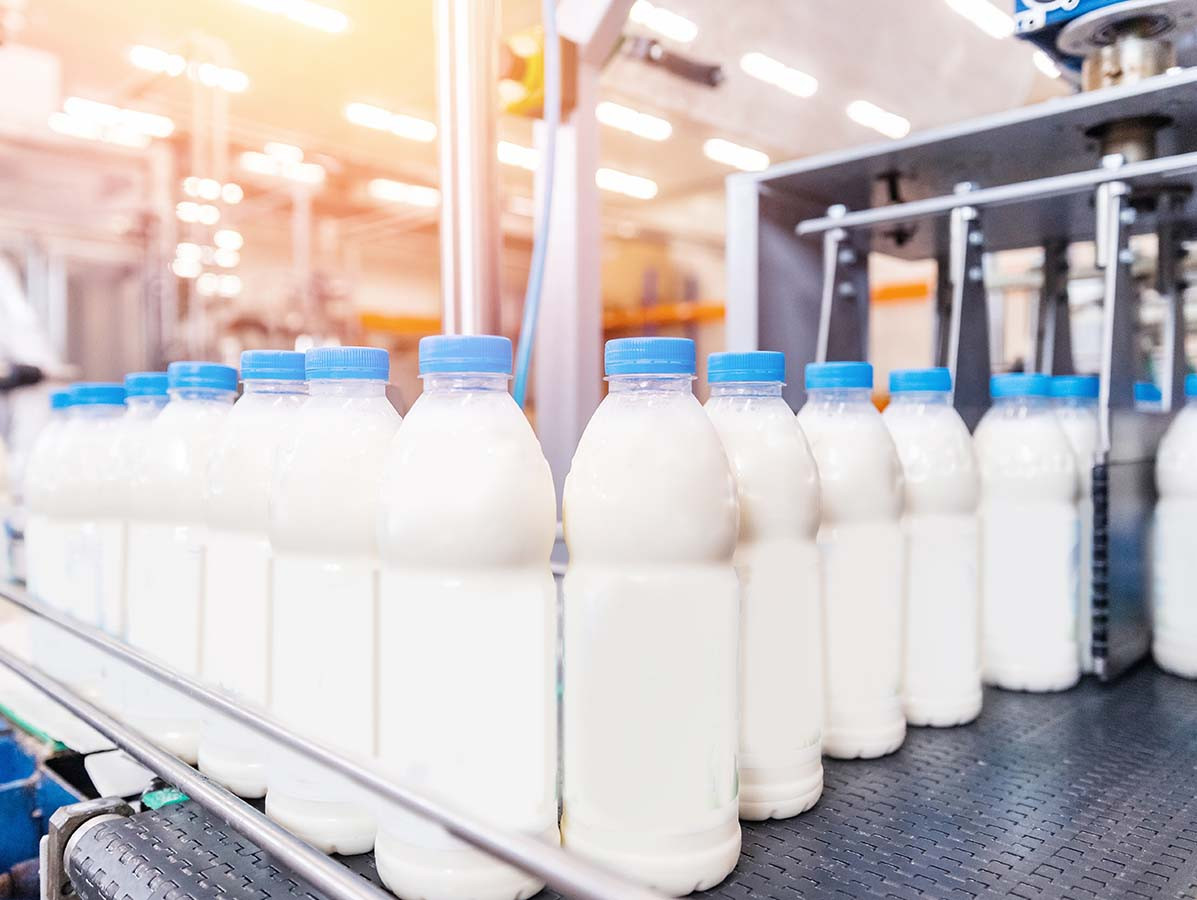
The Dutch dairy market faces challenges and opportunities in 2024. Rabobank highlights the current situation and future expectations in this dynamic sector.
In the first half of 2024, we observe a decline in milk supply in major dairy-exporting regions. European dairy farmers are dealing with higher milk prices, which could potentially lead to better margins. However, significant progress for the entire year remains uncertain, despite an anticipated increase in milk supply in the latter half of 2024. Rabobank forecasts a continued trend of decline in milk volumes for the first two quarters, with a slight recovery from the second half of the year.
In New Zealand, milk volumes for the 2023-2024 season have outperformed expectations, thanks to factors such as interest rates and the mild impact of El Niño. The year-on-year volume decline was only -0.5%, with a 0.8% increase in kilograms of fat and protein. In contrast, the United States has seen a continuous decline in milk production. This decrease is primarily due to a smaller dairy herd and lower milk production per cow. Weak margins have taken their toll, but some recovery in herd size and production is expected in 2024.
The European Union and the United Kingdom experienced a greater-than-expected drop in milk supply in the last quarter of 2023, largely due to wet weather conditions and deteriorating margins. Ireland, in particular, saw a significant decrease. The lower milk volumes primarily affected the production of skimmed milk powder and butter, while the production of cheese and whey was stimulated.
Recent market developments have positively impacted European dairy exports. Higher global dairy prices and a weaker Euro against the US dollar have made EU dairy exports more competitive. However, conflicts in the Red Sea have led to longer delivery times and additional costs for trade from New Zealand. Trade with Southeast Asia and China is under pressure due to weaker demand and logistical obstacles. Nevertheless, some growth in export volumes is expected, despite rising EU dairy prices and limited availability.
China's dairy imports fell by 15.7% in 2023, but a slight increase of 1.1% is anticipated for 2024. EU dairy prices have remained relatively stable since mid-November, with variations across different product categories. Lower production and higher export volumes indicate a tight market with fewer stocks and less pressure on producers to sell.
Dairy product prices in Europe dropped in January 2024 compared to the previous year. Fonterra, a New Zealand dairy company, has raised its milk price forecast for the 2023-2024 season. In the United States, the average milk price has remained fairly stable since September.
The European Union anticipates an improvement in profitability for the first half of 2024, while the Netherlands sees a slight decline in milk supply. The impact of the Dutch livestock farm location termination scheme will be limited, but time will reveal how this regulation affects the dairy farming landscape.
Source: Rabobank